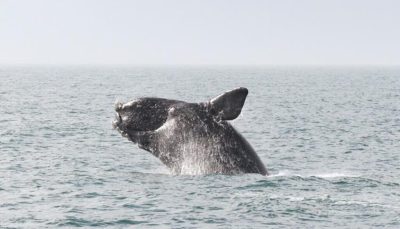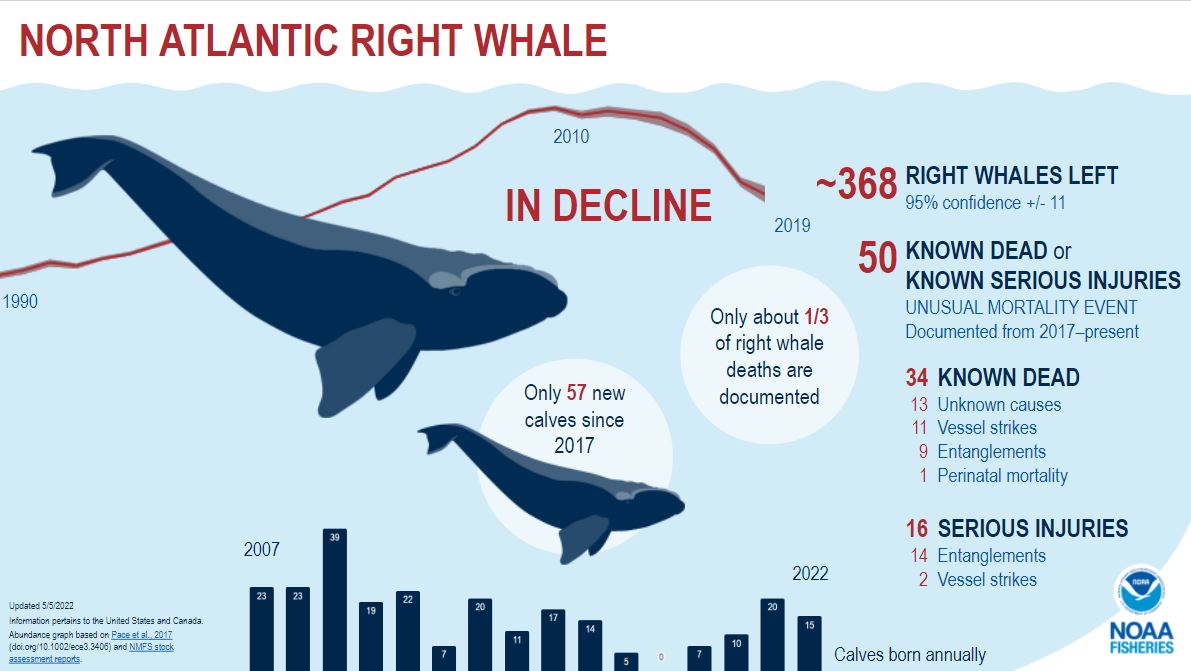Wind Energy or Whales? NGO Financial Conflicts Uncovered

All Global Research articles can be read in 51 languages by activating the “Translate Website” drop down menu on the top banner of our home page (Desktop version).
To receive Global Research’s Daily Newsletter (selected articles), click here.
Follow us on Instagram and Twitter and subscribe to our Telegram Channel. Feel free to repost and share widely Global Research articles.
***
There is no question that the iconic North Atlantic right whale is at the brink of extinction; fewer than 370 remain on planet earth. Any additional negative impacts on the whale could easily spell its doom.
Scientists at many environmental nonprofit groups have repeatedly raised the alarm that the right whale population is rapidly declining. Recent letters signed by these organizations emphatically state that “the North Atlantic right whale population cannot withstand any additional stressors; any potential interruption of foraging behavior may lead to population level effects.”
Yet these same organizations have promoted a Biden administration plan to site 30,000 megawatts of offshore wind turbines along the U.S. east coast by 2030, a plan that clearly carries risks for endangered marine mammals, including the North Atlantic right whale.
Offshore wind will result in the massive industrialization of our ocean waters. Arrays of turbines will create land-use conflicts within the already crowded waters used for commercial and recreational marine activity and further displace the right whale from its natural habitat. We can’t save whales and other species by destroying their habitats, even in the name of fighting climate change.

Two projects – Vineyard Wind I and South Fork Wind – are the furthest along in development, and will place dozens of turbines and related infrastructure in southern New England waters. These regions are recognized as year-round core North Atlantic right whale foraging habitat. The mitigation requirements aimed at protecting right whales during project construction are certain to fail because they are based on outdated science that assumes seasonal, not year-round whale activity.
The NGOs concede that the first offshore projects will serve as test areas to determine the effectiveness of their mitigations, but such research will take years to validate. Other projects proposed for New York, New Jersey, and Maryland have been under development for several years already. There is no apparent intent to delay these proposals in order to research and validate the mitigations.
The Save Right Whales (SRW) Coalition was formed, in part, in response to the perceived inaction by environmental NGOs to prioritize the right whale over their support for renewable energy.
Now we believe we know what is behind that inaction.
A SRW Coalition report has identified 36 separate examples in which wind companies and foundations that receive wind company money have donated nearly $4.3 million to these environmental organizations that are prioritizing wind energy over the endangered species that will be impacted.
Furthermore, there is likely much more money flowing to these groups than is publicly known, as we have documented over a dozen donations that had no assigned value.
The coalition also has identified several joint alliances between many environmental groups and wind companies that go beyond the transfer of funds. The missions of these alliances are to advocate for offshore wind. Examples include the New York Offshore Wind Alliance (NYOWA) and the New England for Offshore Wind (NE4OSW).
Offshore wind is an industry. Attention to the impacts on the environment by industrial wind projects is a threat to corporate profits and investors. When offshore wind companies donate to environmental groups, they often frame their donations as a way to mitigate the impacts of their projects by funding conservation research. But such research is often mere tokenism that serves to distract from the immediate risks of the proposed projects.
The environmental NGOs present themselves as stewards of the natural environment and protectors of our precious species. The public has trusted their claim that wind turbines can be safely sited near and within waters where right whales live, feed, and breed. However, the financial conflicts and business alliances suggest such claims are paper thin.
These planned offshore wind installations are tantamount to an irreversible experiment that could have deadly and permanent consequences. This is an unacceptable position, particularly given the perilous state of the right whale.
It’s time for the NGOs to publicly acknowledge all of the money they’ve received and to state clearly where their priorities lie.
Our oceans need stalwart defenders now more than ever.
*
Note to readers: Please click the share buttons above or below. Follow us on Instagram and Twitter and subscribe to our Telegram Channel. Feel free to repost and share widely Global Research articles.
Lisa Linowes is a member of the Save Right Whales Coalition whose mission is raise public awareness regarding the impact of the Vineyard Wind offshore wind project and other planned offshore wind projects on the critically-endangered North Atlantic right whale.
Featured image is from The New Lede

